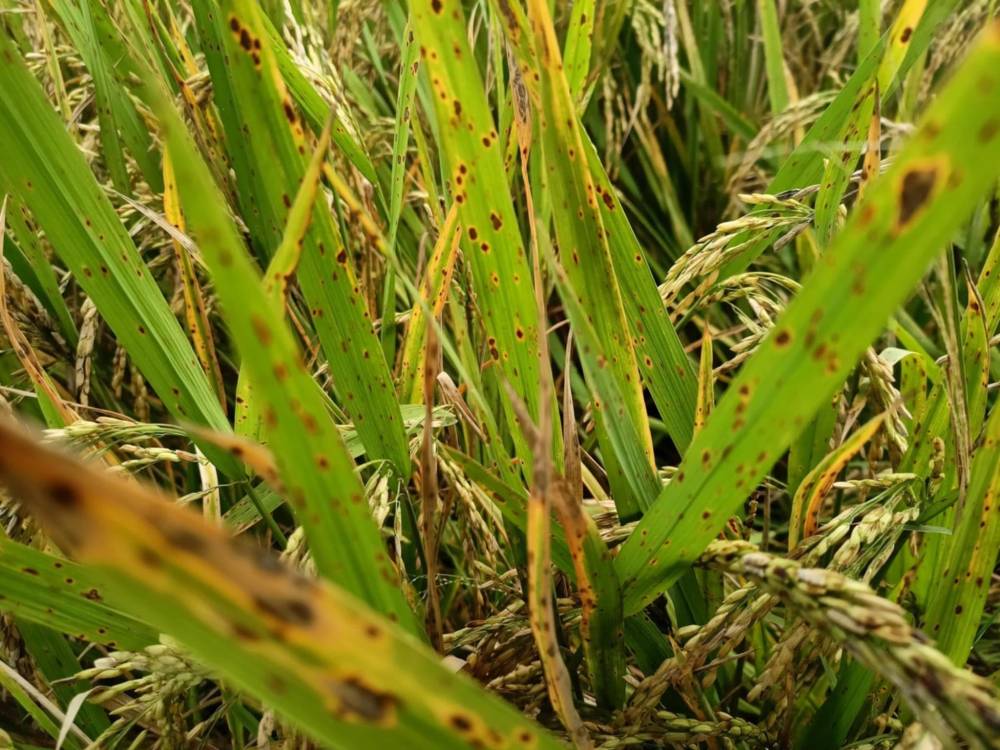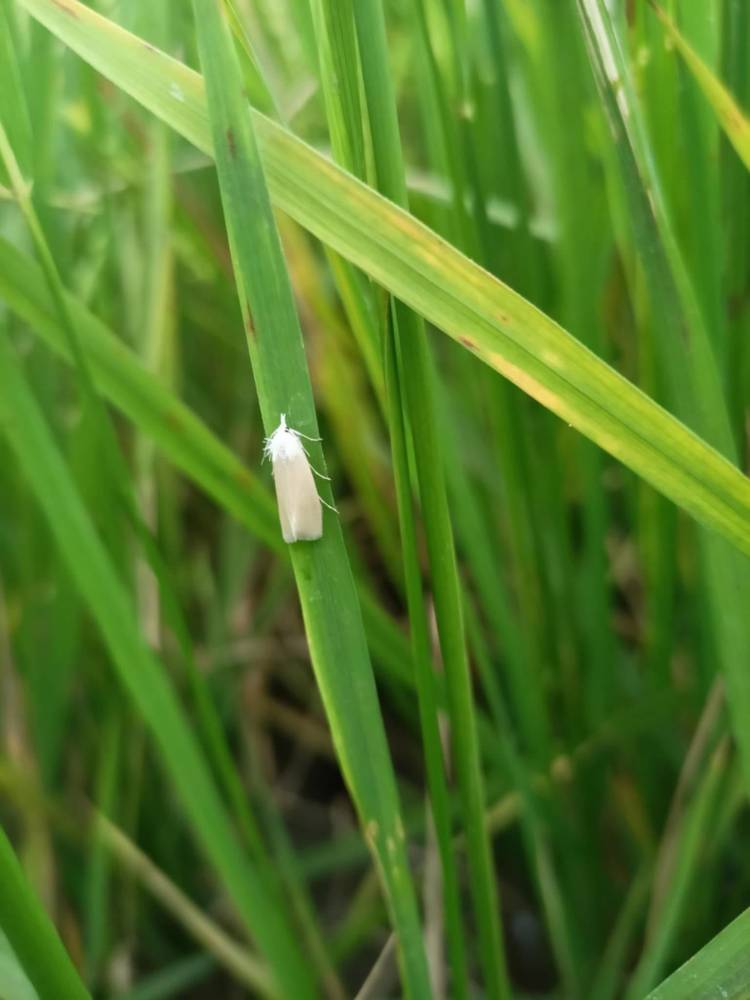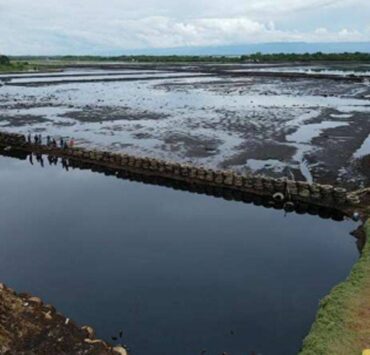Pest, disease threaten rice fields in Western Visayas

ILOILO CITY—With most rice fields in Western Visayas now entering their ripening and maturity stages, the Department of Agriculture (DA) has warned of intensifying pest and disease pressures across the region.
The DA’s October 2025 Rice Monthly Bulletin, released over the weekend, showed that fungal infections, insect attacks and weed infestation were becoming more visible, prompting authorities to urge farmers to tighten field surveillance and strengthen integrated pest management practices.
The bulletin, issued by the DA-Regional Crop Protection Center in Western Visayas (DA-RCPC 6), covers 201 monitored rice fields across Western Visayas and Negros Occidental under the PRIME Pest Surveillance Program. Of these, 119 have no standing crop, while 26 are in the vegetative stage, 11 are in the reproductive stage and 45 are in the ripening or maturity phase, a stage when rice becomes more vulnerable to damage.
Although the bulletin did not list specific villages or municipalities, the surveillance points covered major rice-producing belts in Iloilo, Capiz, Aklan, Antique, Guimaras and Negros Occidental.
In Iloilo, clusters of monitored fields appeared across central, northern and eastern municipalities known for high rice output, while Capiz showed dense groupings in its central and eastern sections.

Negros Occidental reflected notable monitoring activity in its central and northern zones, where rice cropping is concentrated. Aklan and Antique showed scattered but consistent monitoring points along their respective central corridors and Guimaras registered a few mapped sites reflective of its smaller rice area.
The pests
Among diseases, brown spot remains the most widespread, affecting about 5 percent of monitored areas. The fungal infection typically appears when fields remain too wet or when crops suffer from nutrient imbalance, particularly nitrogen deficiency. sheath blight and leaf blight were also observed in 2 to 3 percent of fields, conditions that tend to worsen under continuous rains and dense planting.
In terms of pest damage, the stem borer continues to burden farmers, causing whiteheads (empty panicles) and deadhearts (dead tillers). The pest accounted for 2.5 percent of insect-related injuries recorded this month. The rice bug, which feeds on maturing grains and reduces yield quality, was found in several fields at 1.5 percent.
Weeds also remain a concern, covering around 7 percent of monitored areas—already above the acceptable threshold and capable of competing with rice for vital nutrients and water. Rat damage remains low at 0.18 percent, though still requiring vigilance, particularly in farms adjacent to dikes and grassy areas.
The DA-RCPC 6 urged farmers to adopt and maintain integrated pest management (IPM) practices, including balanced fertilization, improved field drainage, synchronous community planting and proper field sanitation to limit disease carry-over.
Management protocols
Authorities also emphasized the importance of natural pest enemies, such as spiders and Trichogramma wasps, while reminding farmers to use fungicides and herbicides only when necessary and according to recommended guidelines.
The DA stressed that coordinated community efforts remain essential to preventing pest outbreaks and minimizing yield losses as the cropping season progresses.
For further assistance, farmers may contact the DA-RCPC 6 office in Barangay Buntatala, Jaro, Iloilo City, or call 033-3296958.





















